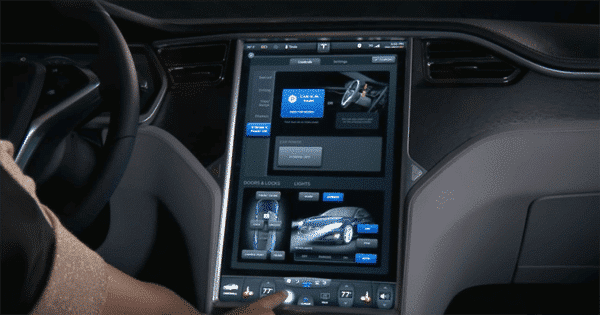Tesla is not just selling hardware. The short sellers and Tesla haters keep forgetting that.
The Tesla software is what makes the car. The whole driving experience is enhanced not only through automation but simplification. Tesla does that better than any other carmaker. And they do it with a continuously update-able operating system that is the only one of its kind in the auto universe. It is unique. Investors fund things that are unique because that is what defines competitive advantage.
They also fund things that are scalable, difficult to replicate and serve multi-billion dollar markets.
The Tesla software is what makes the car. The whole driving experience is enhanced not only through automation but simplification. Tesla does that better than any other carmaker. And they do it with a continuously update-able operating system that is the only one of its kind in the auto universe. It is unique. Investors fund things that are unique because that is what defines competitive advantage.
They also fund things that are scalable, difficult to replicate and serve multi-billion dollar markets.
Tesla’s competitors are very good at producing hardware. They don’t actually “make” cars anymore -they first design and then they sub-contract assembly of beautifully designed hardware. They do this well but the products are all in the same category: hardware. With differences highlighted in marketing and advertising campaigns, the world’s largest automakers trade market share amongst one another at a variety of levels or “entry points” for consumers to spend their money.

Tesla competes in that market but not in any of the categories the automakers have established. A Tesla is cheaper than the high-horsepower luxury cars and super cars it beats on the track, while at the same time they can cost the same or less than the luxury sedans and SUVs they are compared to. But a Tesla comes with the advantage of costing far less to operate and maintain. I know, nobody buys a $100k Car to Save on Gas, but it turns out that money adds up over the lifetime of ownership, and it does make a difference.
But in terms of competition, Tesla has developed what every auto company now needs: software.
The Battery Electric Vehicles (BEVs) being sold by everyone other than Tesla are still electrically powered hardware. Sure, they may have a couple of cool looking screens but they all still have myriad buttons, switches and levers that are delivered in a fixed configuration for each model year of the car. A Tesla has virtually no buttons. It is all controlled by what has been accurately described as a giant iPad. And because of that, the regular Tesla upgrades I get as an owner are constant improvements not unlike the operating software changes we see on our phones every once in a while.
In order to compete with Tesla, the traditional automakers all need to build software. The new software just happens to be designed for electric cars because BEVs are the newest thing in cars. But in the case of a Tesla, that software is used to continuously improve both the creature comforts and features inside the car as well as the efficiency and range of batteries themselves.
With connectivity, these new software-driven cars (ie: Teslas) are being continuously improved. There’s better visual layout of the dash and the giant iPad-like screen. New features are added, others are simplified. There’s also a little humour with Easter eggs and inside jokes like volume/fan “buttons” that go to 11. All of this is done to refine and constantly improve the driving experience. And the important thing is that every Tesla on the road is being improved and upgraded, not just the last one off the assembly line. Every Tesla on the road gets these improvements via an over the air software update. Just the way another ubiquitous piece of software, your cell phone, gets updated once in a while.
Now, we all still buy new phone hardware on a continuous cycle – about every two years. But those are accessory-sized hardware purchases that are often subsidized by the monthly fee we are committing to. Buying an automobile for $75k or over $100k is a bigger decision made far less often. And in that purchase wouldn’t you want some future-proofing –a guarantee you will get at least most of the improvements made to the car in the years you own it?


